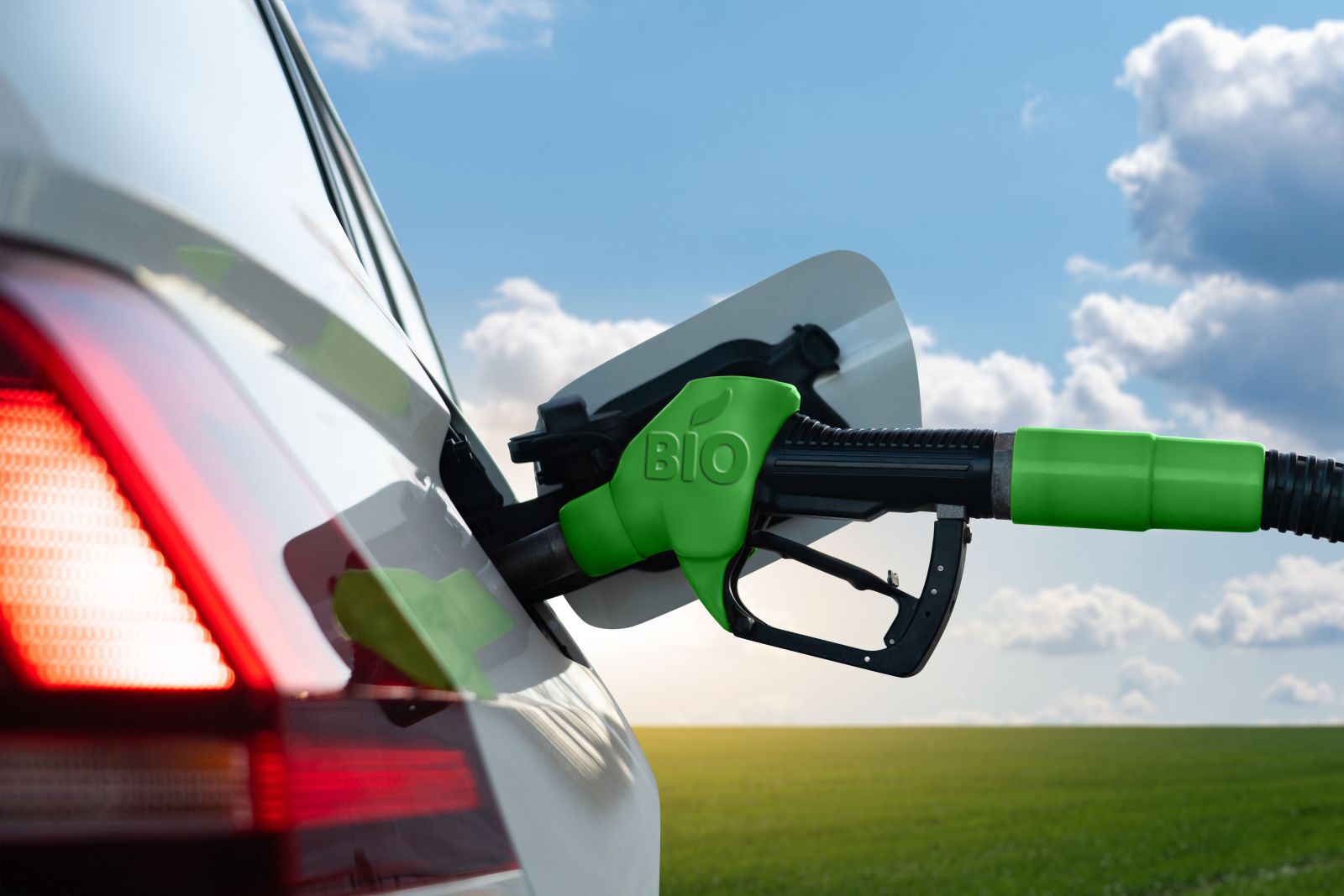
Gasoline is a commodity that tends to reach seasonal highs in spring and summer and lows in late fall and winter as drivers adjust their habits due to weather conditions.
A mid-September Barchart article on gasoline versus heating oil and one of the leading U.S. refining companies highlighted gasoline’s seasonality. I wrote, “Gasoline’s seasonality is readily evident in the oil product future’s forward curve… gasoline prices tend to command premiums during spring and summer and experience discounts during fall and winter months.” NYMEX gasoline futures for April 2025 delivery were trading at $2.0357 per gallon wholesale on September 11. In February 2025, the April futures were higher at over the $2.30 level. Still, the dramatic shift in U.S. energy policy could mean the upside potential is limited, and prices could head to the $2 level or lower. The U.S. Gasoline ETF (UGA) tracks the price of NYMEX gasoline futures.
Gasoline prices have rallied since mid-September 2024
NYMEX RBOB gasoline futures for April 2025 delivery reached a $2.0049 per gallon wholesale low on September 10, 2024.

The daily chart highlights that the fuel futures made higher lows and higher highs, rising 20% and reaching their latest peak at $2.4072 on January 15, 2025. Gasoline prices rose with crude oil over the past months, but prices have come under pressure since mid-January. Gasoline prices rose as the 2025 driving season is on the horizon, but other factors are pulling them in opposite directions in February 2025.
OPEC+ is keeping prices elevated
At the late 2024 biannual OPEC+ meeting, the international oil cartel extended production cuts into 2025. The cartel cited two reasons for its decision to limit production: continued weakness in China’s economy and increasing output from non-cartel members were the reasons for the extension.
The increasing non-OPEC output comes from the United States, which underwent a dramatic shift in energy policy after the November 2024 election. President Donald Trump pledged to “drill-baby-drill” and “frack-baby-frack” in an about-face from the Biden administration’s energy policy, which focused on climate change. On election night, President Trump told the world, “Promises made, promises kept,” prompting OPEC+ to expect rising U.S. output over the coming months and years.
The OPEC+ decision to extend output quotas put upward pressure on crude oil and oil product prices in late 2024 and very early 2025, and proposed tariffs on U.S. trading partners have been bullish for the energy commodity in the short-term. The Trump administration says, not so fast
Meanwhile, U.S. President Trump has promised to lower inflation, reduce the debt, and lower oil prices by tapping the “liquid gold” in the U.S. Since his inauguration; the U.S. leader has pressured Saudi Arabia and OPEC to lower oil prices, which he believes will kill two birds with one stone. President Trump thinks that falling petroleum revenues will force Russia to end the war in Ukraine.
While it will take time for U.S. output to ramp up from the current 13.494 million barrels per day, the Trump administration is attempting to lower prices in the short term with the cartel’s cooperation. While the short-term strategy may not work, short-term cooperation from OPEC could lead to longer-term cooperation when U.S. output rises, keeping oil prices stable around the $50-$60 per barrel level, preventing them from falling further. The bottom line is that OPEC+ has a lot to think about now that climate change initiatives are off the table and President Trump’s most significant promise is to lower oil prices through increasing U.S. output to achieve energy independence. Moreover, the U.S. consumes over 20 million barrels per day. The administration has pledged to make the U.S. a leading oil exporter, meaning that production could double from the current level.
The lower oil and oil product price pledge
While crude oil and gasoline prices have been trending higher over the past months, the trends since the 2022 highs have been bearish.

The monthly continuous NYMEX crude oil futures contract chart illustrates the pattern of lower highs since crude oil reached over $130 per barrel in March 2022 after Russia invaded Ukraine. While crude oil has been in a sideways pattern between $65 and $80 per barrel over the past months, the trend remains bearish as the energy commodity consolidates near the low end of the trading band.

The monthly continuous NYMEX RBOB gasoline futures chart displays the same bearish pattern that has led to price consolidation near the low end of the trading range after falling from over $4.30 per gallon wholesale in June 2022 at the height of the 2022 driving season.
If President Trump keeps his promise, oil and oil product prices could head substantially lower, even without OPEC+’s cooperation. The previous administration’s policies elevated the cartel’s pricing power, while the current administration’s plans will diminish the impact of OPEC’s production policies and quotas.
The NYMEX crude oil futures traded between $48.17 and $130.50 per barrel during the Biden administration, while the range during the first Trump administration was from the pandemic-inspired $6.50 low to $76.90 per barrel.
UGA is the gasoline ETF product
Gasoline faces bullish and bearish factors in February 2025. OPEC+’s production quotas, the upcoming peak 2025 driving season, and potential tariffs on Canada, Mexico, and other oil-producing and exporting U.S. trade partners support higher prices. President Trump’s pledge and the shift in U.S. energy policy support lower prices.
Gasoline is the most ubiquitous crude oil product, and we could see elevated price volatility in the gasoline market over the coming weeks and months. The most direct route for a long or short risk position in gasoline is through the NYMEX RBOB futures. Each gasoline futures contract contains 42,000 gallons. At $2.34 per gallon, one contract is worth $98,280. NYMEX original and maintenance margin levels are $7,084 and $6,440 per contract, respectively. A market participant can control $98,280 worth of gasoline with a 7.21% down payment. If equity on the position falls below the maintenance margin level, a variation margin is required.
The U.S. Gasoline ETF product (UGA) tracks the gasoline futures. At $65.54 per share, UGA had over $96.4 million in assets. The ETF trades an average of 62,812 shares daily and charges a 0.96% management fee.
The last rally in April gasoline futures took the price 20% higher from September 10, 2024, to the January 15, 2025, high.

As the chart highlights, UGA rose 23% from $55.37 to $68.15 per share over the same period. The ETF did an excellent job tracking the gasoline futures price.
As we head into the 2025 driving season, where gasoline demand peaks, bullish and bearish factors pull the fuel futures in opposite directions. Expect lots of volatility in the gasoline futures market over the coming weeks and months.







